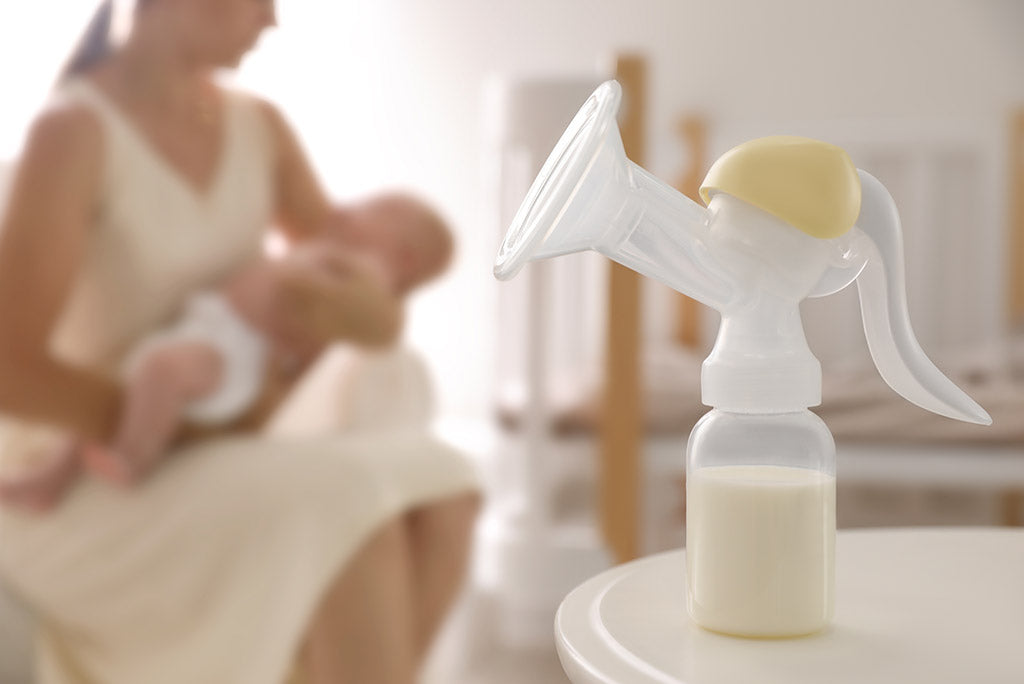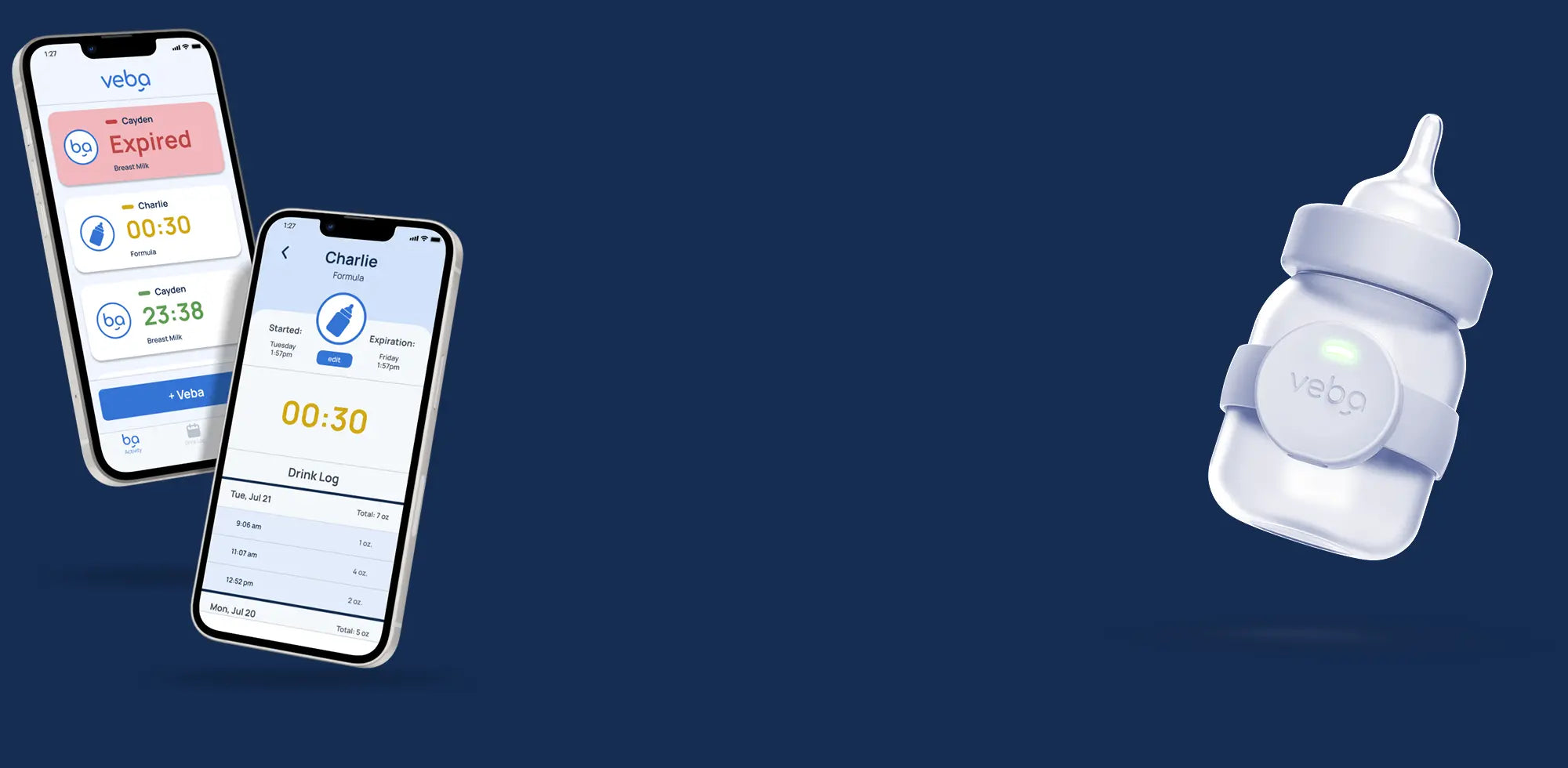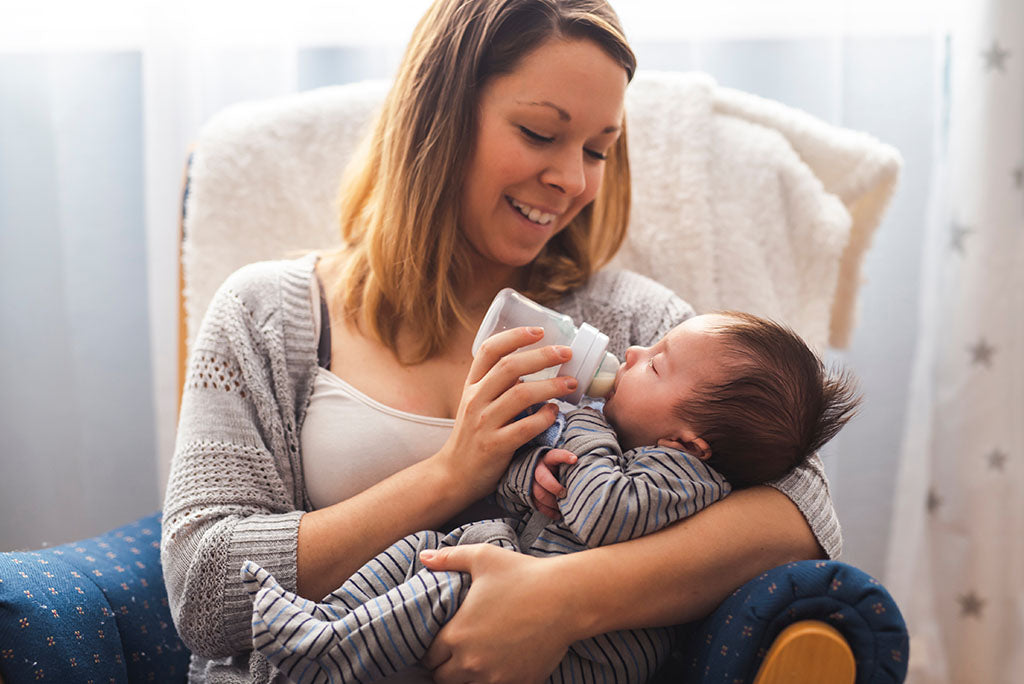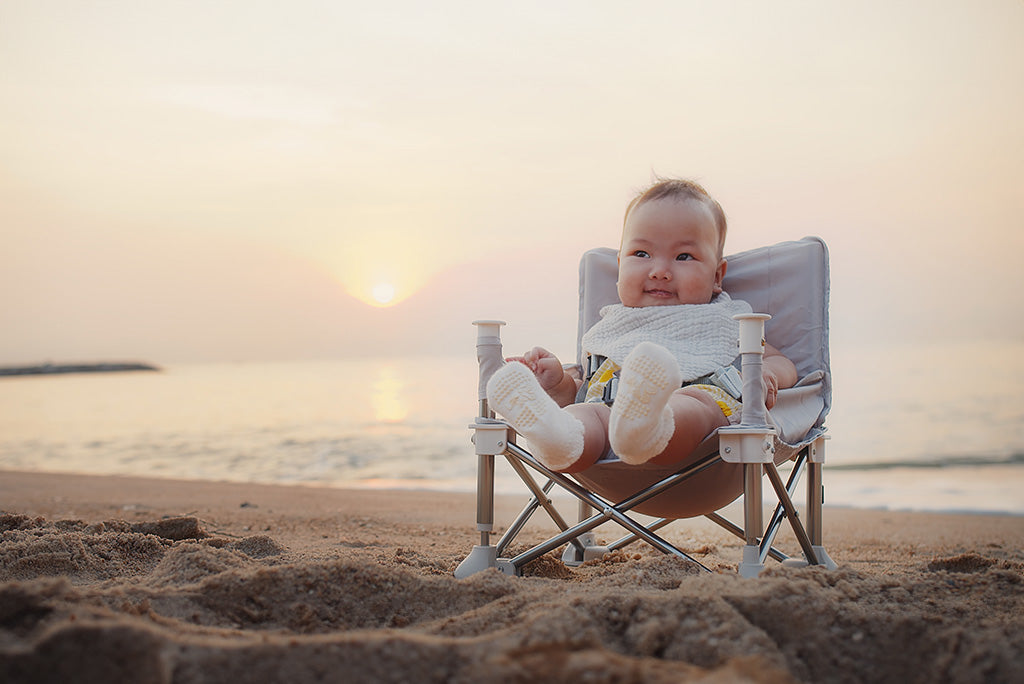For all of the new mamas out there, we know there is a whole lot for you to remember in order to keep your baby safe — especially when it comes to feeding! And when it comes to pumping, it’s no different. New moms need to be extra careful! So, to make this task a little less daunting we are dealing out all the dirty details on cleaning breast pump parts — the right way. Keep reading to become one of the best breast pump cleaners this world’s ever seen!
What’s the Big Deal?
Real talk mamas, it’s not just kind of a big deal. Properly cleaning breast pump parts is a BIG deal. Bacteria can grow rapidly in expired breast milk. If there is any residue left inside pump parts it can be seriously dangerous and even life threatening for little ones. That’s why the CDC and other trusted government agencies urge parents to be extra careful about carefully cleaning and sterilizing both bottle feeding and breastfeeding equipment. Taking extra caution is especially crucial if your baby is under two months old, was born prematurely, or has a weakened immune system. While this might seem a bit scary, don’t worry, in this blog we are going to dive into all of the tips you need for properly cleaning pump parts. Plus, we’ve got further reading on our blog to learn all about expert bottle cleaning tips too!
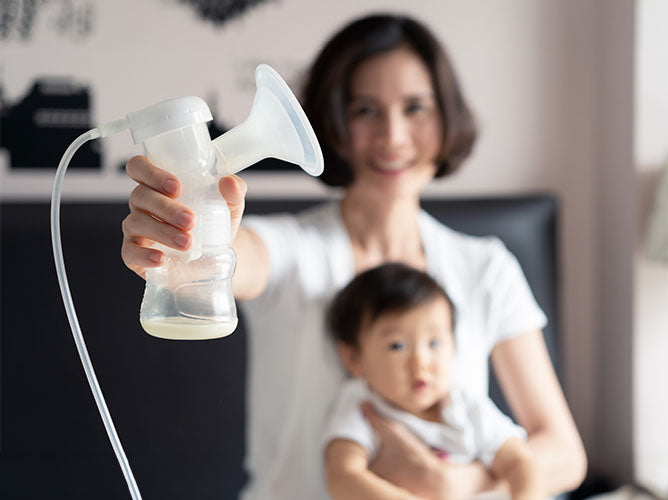
How Do I Start? (The Right Way)
If your pump is all cleaned and ready to go… let’s get it dirty shall we? Hold up! Whether it is your first time pumping or you’re a total pro, you’re going to need to repeat a super important sequence every single time. Crucial step number one — wash your hands. Scrub those digits with warm soapy water for a bare minimum of 20 seconds. Next, put your detective hat on and inspect the pump parts super duper carefully. You’re looking for trapped liquid or mold — especially in the tubing. If you see anything suspicious, stop, throw the tubing out and replace it right away. Then, go ahead and assemble your pump with a nice, clean tube. Before you get started, go ahead and clean the countertop with a disinfectant wipe, plus the pump dials and power switch too. Now, it’s finally time to pump!
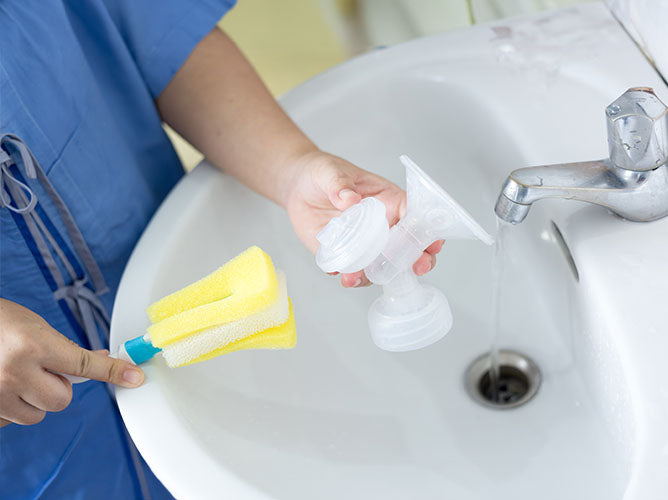
It’s Dirty, Now What?
Once you have pumped and hopefully have a nice satisfying stash of liquid gold, it’s time to get your gear squeaky clean for your next session! Before we dive into cleaning pump parts, make sure you properly store your milk. Once the milk is safely where it belongs, get those trusty disinfection wipes back out and do a number on the countertop, power switch and dials again. It might seem a little extra, but we definitely do not want milk spoiling around your baby — even on surfaces! Next, you’re going to need to work backwards, disassembling all the parts including tubing, flanges, valves, membranes, connectors, and milk collection bottles and making sure everything is all separated. Inspect everything again and make sure every part that might have made contact with your breast or breast milk is separated and ready for cleaning.
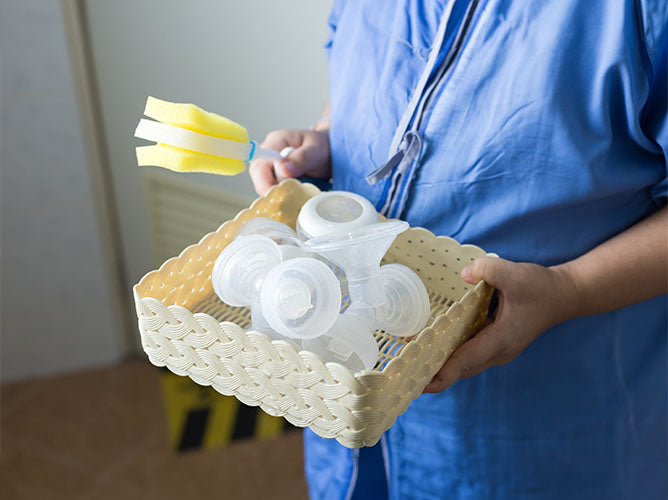
Get Scrubbing!
Now, here is where the scrubbing comes into play. Right after pumping, rinse all of the dirty pumping parts under running water to get all of the milk completely off. Next, put them all in the dishwasher on a sanitizing cycle or a clean washing basin inside your sink — not directly in the sink! According to the CDC, germs in sinks and drains can actually contaminate your pump making this whole process a total bust! So use a nice clean basin and a dedicated cleaning brush used only for your infant feeding items. Fill it up with hot soapy water and scrub your pump parts to your heart's content (and manufacturer directions of course). Once they’re nice and clean, rinse under running water before allowing the pumping and cleaning items to thoroughly air dry on a clean paper towel or dish towel without dabbing at them yourself.

Hot and Not Dangerous
If your little one is less than two months old, was born prematurely, or has a weakened immune system, you’re going to want to sanitize your pump parts, cleaning basin, and brush daily. If you skipped the scrubbing step and popped them all straight into the top rack of the dishwasher (in a basket or mesh laundry bag) to run on the sanitize setting, then great! All you have to do is use clean hands to remove the items, making sure they have fully air dried before storing. If not, you can check the manufacturer’s direction on your items to see how to safely sanitize them. The two options are steaming and boiling. To steam, you can use the microwave or a plug-in steaming system as recommended by your pump’s manufacturer. To boil, plop the disassembled items in a pot of water and set it on high heat and let sit for 5 minutes once the water is boiling. Then, use clean tongs to remove and proceed with the aforementioned air drying protocol!
Tubing Tips!
According to the CDC, breast pump tubing shouldn’t touch pumped milk if it’s used correctly. Therefore, it shouldn’t need to be cleaned on the regular. However, it is important to keep a close eye on the tubing to make sure it doesn’t get dirty or damaged. If the outside of the tubing gets dirty, not to worry, simply wipe it with a disinfectant wipe or wet cloth. If the inside is soiled, that's a whole other story! Always have extra tubing on hand to make sure you can replace yours in a cinch if it gets dirty or damaged. Remember, if your tubing has milk or mold, do not use it! Throw it away right then and there. Cleaning breast pump tubing perfectly can be near impossible, so let’s not risk it! Then, replace it with new tubing and figure out why that happened! Was the tubing attached to the pump correctly? Do the valves or membranes need replacing? If you see water droplets in the tubing after pumping, disconnect it from the flange and pump kit but leave it attached to the pump itself. Go ahead and run it again to let the tubing get nice and dry. And there you have it! You’re soon to be a pumping pro!
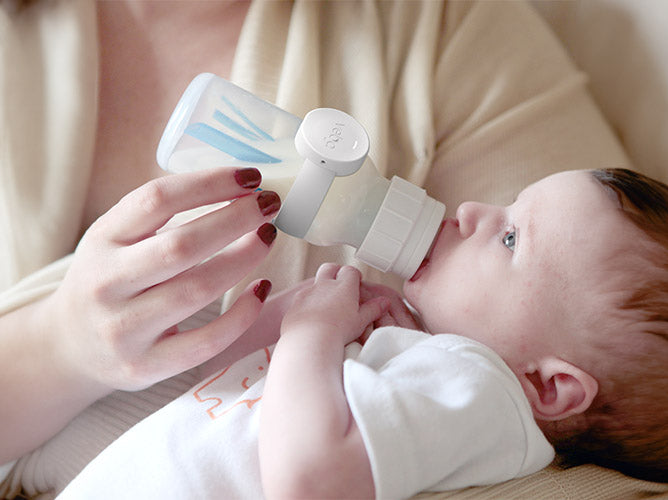
At Veba Baby, helping you keep track of all of the many nitty gritty details of parenting is a huge part of our mission. We hope these tips on properly cleaning breast pump parts were exactly what you were looking for. But remember, this is just one crucial factor in feeding to keep your baby safe. An often overlooked risk is expired breastmilk and formula! That’s why we developed the only smart baby bottle monitor on the market to track the freshness of both breastmilk and formula in real time. Visit our product page to shop now, or to keep plowing through the must-know parenting tips, keep up with our blog, The Sip!

